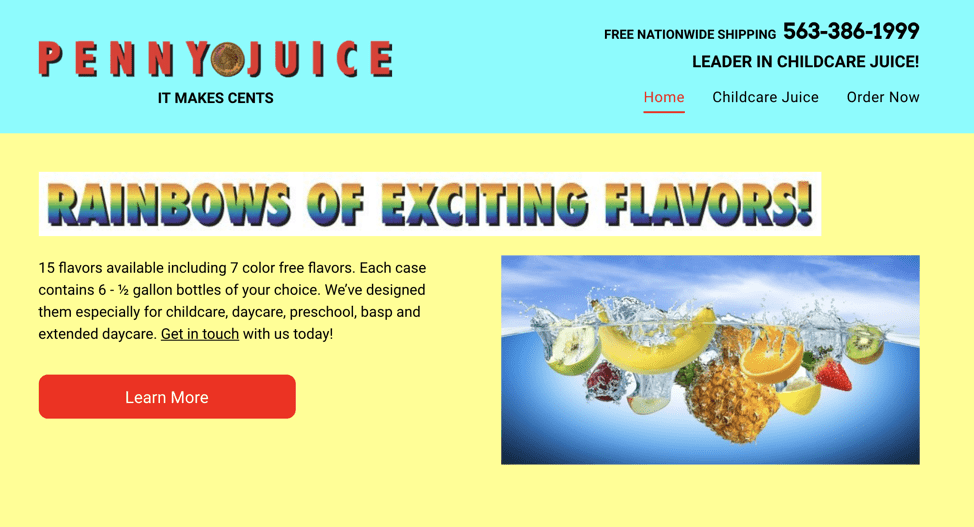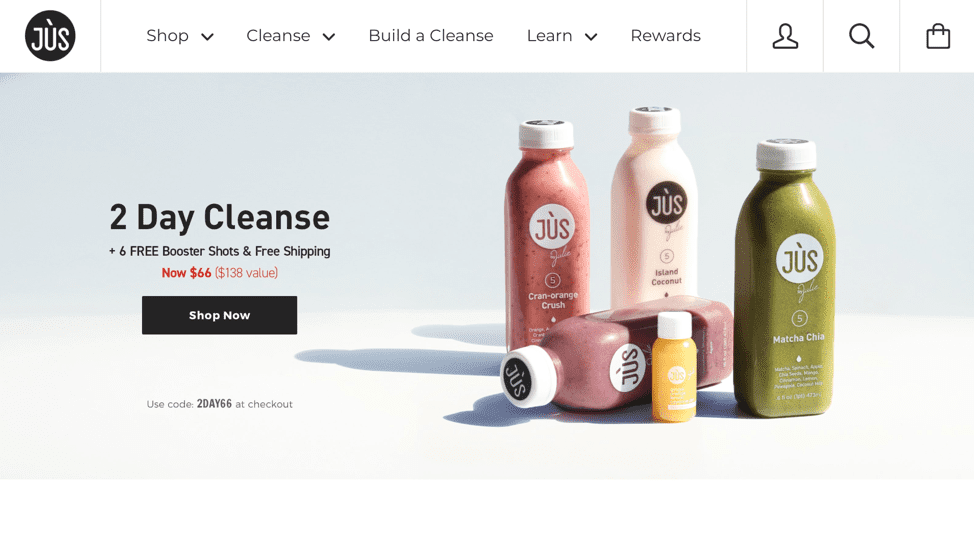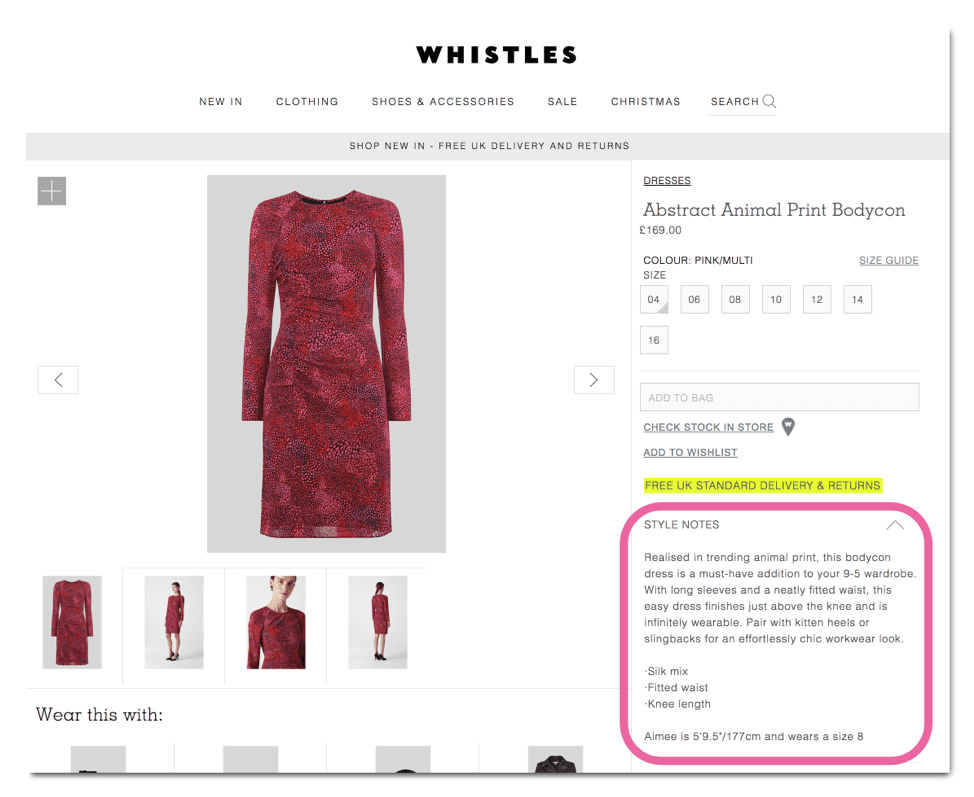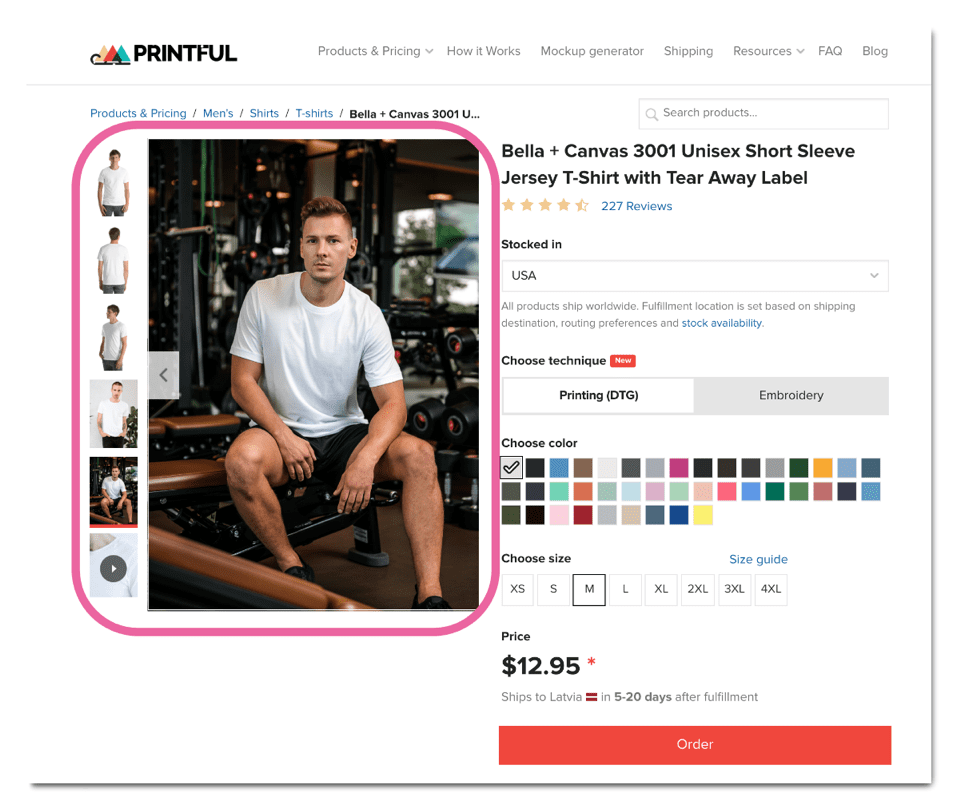Learn how to transform uncertain prospects into brand advocates one step at a time
Marketers often see the customer journey as a linear progression of four stages:
- Awareness
- Interest
- Consideration
- Purchase
But there’s one important thing most of us tend to forget - the customer journey is no longer linear. Gone are the days when you could easily walk alongside your customers, guiding them all the way to the checkout page.
Download our Free Resource – 10 common website customer experience mistakes
This guide reveals examples of poor website design from different sectors which are commonly seen, but best avoided.
Access the
Today, your prospects can unexpectedly jump in or out at any point. Now, this doesn’t mean that the framework of the customer journey is no longer relevant. You should still think about these stages, but the way you approach them needs to change.
Your ultimate goal today should be to provide a cohesive multichannel customer experience that proves your business is professional and trustworthy at every stage of the customer journey. So, to change things up, let’s take a look at the four stages from a different perspective: building customer trust.
Every customer has different expectations and needs, so none of the suggestions below are set in stone. Some customers might find certain things important in the awareness stage, some in consideration stage. This is why you need to consistently test and adjust your efforts keeping your target audience in mind.
Awareness stage
Building trust in this stage of the buyer’s journey is all about first impressions. You want to captivate the attention of prospects who just discovered your brand and make them stick around for a little longer than just one click or tap. To do this, you need to pay close attention to a few things.
The visual appeal of the brand
Which of the two websites below would you trust more if you didn’t know either of the brands?
Penny Juice,

or Jus?

Maybe the Penny Juice is more delicious or healthier than Jus. But since you haven't tried either and you've only seen their homepages, you’d probably find Jus more credible, simply because their website looks more professional.
Studies of user behavior have found that website design and navigation have the biggest influence on a person's first impressions of the brand. This means you should choose your website's images, colour schemes, and fonts wisely. You also want your website to load fast and be functional.
But that’s not all. Studies also show that 55% of customers discover new products and brands on social media. So go the extra mile to make your brand's visual identity aesthetically pleasing and cohesive across all communication channels.
Domain name and social media handles
Most e-commerce platforms come with a default domain name along the lines of yourstorename.platform.com. While there’s nothing particularly bad about these URLs, you'll probably agree that they're rather wordy and impersonal.
Default domain names work just fine for getting your store up and running. However, if you’re serious about your business, you should invest in a custom domain that will make your brand appear more professional and trustworthy.
Ideally, you want your store and domain name to be the same. Your social media handles should match as well. People are much more likely to remember one brand name than several variations of it. Besides, having consistent branding across different channels makes you look more put together.
Business emails
While we’re still on the subject of custom domains, let’s touch on the importance of having professional business emails.
When it comes to communicating with customers, you want to maintain professional and consistent branding. Seriously consider ditching your Google and Yahoo! emails and set up branded emails instead using your unique domain name and reliable business email providers like G Suite or Office 365 for Business.
Interest stage
So you’ve managed to leave a nice first impression and the customer has decided to browse your website, scroll your social media feeds or check out a few YouTube videos. Here’s what you should take care of next:
Product descriptions and photos/videos
An e-commerce user experience study found that 20% of purchases are abandoned as a result of missing or unclear product information. This proves you need to make an effort to provide clear and detailed product descriptions that will convince hesitant buyers.
Good product descriptions include important product details and explain why the product is unique. They should also read well and be attractive to your target audience.
Take a look at this on-point product description by the British clothing brand Whistles.

Photos and videos of your products are equally important. The shopping experience online is quite one-dimensional, so it can get difficult to grasp the feel and fit of a product. It’s good to use photos and videos that show your products from different angles, emphasize various details and have at least a few close-up shots.
Here’s how print-on-demand drop shipper Printful leverages different types of product photography and video to showcase their popular t-shirt:

But you need to think beyond your website. Take diverse product pictures and videos that you can share on your social media channels and emails, too.
Shared values
Studies show that consumers are more likely to trust a brand if they share the same values. For example, if a person is environmentally conscious, they’re more likely to shop at eco-friendly stores.
Take some time to define or review your brand's core values. What do you believe in as a company? What’s the bigger picture of what you do? Once you have the answers, make an effort to articulate what you stand for as a brand to attract customers who share your beliefs. Start by incorporating it into your:
- About Us page
- Marketing and advertising campaigns
- Product descriptions
Learn from natural skincare and makeup brand Glossier, which aims to inspire people to enhance and celebrate their natural beauty rather than conceal it. From product descriptions to emails and social media updates, the brand always sticks to their beliefs.

You too should speak loud and proud about your core brand values and mission at every touchpoint of your customer’s journey.
Grammar and spelling
Everyone makes mistakes and one typo here or there won’t ruin your brand's image. However, if incorrect spelling or punctuation is a pattern rather than an accident, you might be hurting your chances of making more sales.
Think about it. Why would customers trust you with their time and money if they see you’re not taking your own business seriously?
Following simple grammar rules and knowing when to use the right words can help you avoid looking unprofessional. If you're not sure what you're saying is grammatically correct, write it in different words or hire professional help.
Consideration stage
At this point, a customer is interested in your products, but isn’t quite ready to take the plunge and buy. They’re uncertain - evaluating available options, comparing prices and determining whether your product satisfies their needs.
While you can’t be constantly lowering your prices, or adjusting your products to individual needs, there’s something you can do to ease the anxiety of decision-making.
Social proof
As an online business owner, you need to provide social signals to your customers that your store is legitimate and trustworthy. We have plenty of those in real life - an empty restaurant somehow seems to be a potential health hazard, whereas a line in front of a movie theatre looks intriguing.
Depending on your goal and industry specifics, you can build social proof around your brand using:
- Case studies
- Product reviews
- Testimonials
- Influencer marketing
- Data and numbers
- User-generated content
Here’s how Urban Outfitter uses UGC to promote their colourful duvet cover and strengthen social proof:

The more content that is out there about your brand, and especially your products, the easier it is for the potential customer to trust business that’s already trusted by a number of people.
Clear returns policy
Shopping online might seem a little tricky as customers don’t get a chance to see the products in real life before opening their wallets.
A clear and well-structured refund policy gives the customer a sense of security, especially when they’re considering purchasing more expensive products. So go over your returns policy and double-check whether it explains:
- The procedure for returns?
- What items can be returned (e.g. food products or underwear are often non-refundable)
- The number of days the customer has to return the order
- Who pays for return shipping
- Whether they'll get a full refund or store credit
Personal data protection and online payment safety
No matter how often people shop online, the question of payment security is never off the table. Nobody wants their personal and financial information exposed, let alone used without permission.
Go through the payment process on your website to identify any possible payment security concerns for your customers. Are you sure your audience is familiar with the payment methods you accept?
For instance, your customers from the US or Europe would much rather pay using PayPal and Google Wallet instead of AliPay or UnionPay, simply because these payment options are known to them.
Another thing you can do to make your customers feel more comfortable with giving away their personal and credit card information is to permanently display SSL certificates and third-party logos in the footer and checkout pages of your website. Believe it or not, these badges can boost conversions!
Purchase (and post-purchase)
Customers that enter the decision stage are ready to take the plunge. At this crucial moment, a seamless shopping experience is key. After all, you don't want to scare them off.
Smooth checkout
Once your customers reach the checkout page, your goal is to keep them there until they hit that “Confirm” button. This means you need to reduce the number of distractions or any unnecessary information. It’s not the time to surprise them with popups or clever product recommendations.
You also want the checkout process to be as easy and quick as possible. An overly complicated checkout may raise some questions - why does it have to be so difficult to buy a pair of jeans?
Take a good look at your website's checkout process and see if it can be simplified. Ideally, it should have no more than three steps:
- Delivery details
- Payment details
- Order review and confirmation
Keeping your promises
There’s something most brands tend to forget - the customer journey doesn’t end once the order is placed. In fact, the post-sale customer experience is as important as the shopping experience itself. Until the product is in the hands of your customer and they’re satisfied with it, you’re still fighting for a successful sale.
During this time customers are comparing the promises you made to the service they received. For example, if your website claims to have next-day delivery on all purchases, every order should reach your customer within the next 24 hours.
Remember that every broken promise hurts your reputation. And as we all know, regaining customer trust is far more challenging than building it in the first place. So don’t risk jeopardizing the trust you’ve earned – make promises you can keep.
Can customers trust your business?
Today, customers are more careful than ever before, especially when it comes to trusting an online business. So, building a credible image of your brand is crucial if you want to grow and succeed.
The way customers find and interact with brands has changed quite a bit in the last couple of years and businesses need to keep up. It’s important to master the art of a multichannel customer experience that will transform uncertain prospects into brand advocates.
Hopefully, this article has given you an idea of how you can be even more transparent and consistent with your branding throughout every step of a customer’s journey to build this image for your brand.
Giedre Kronberga is a Content Marketer at
Printful. When she’s not writing about all things marketing, you can find her re-reading H. Murakami novels or packing up a suitcase for another weekend getaway. Connect with her via
LinkedIn.












